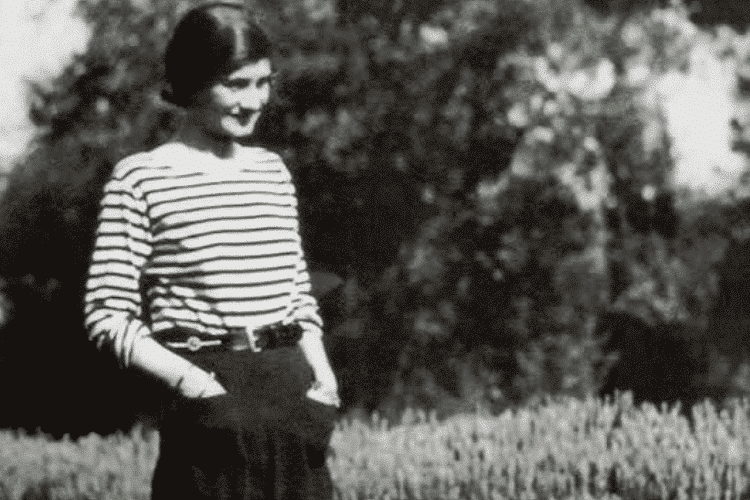Art & Photography, Culture, Style

Although its origins were, like so many timeless style pieces, rooted in the Navy, the Marinière’s rise as a fashion item began with Coco Chanel. In 1912, the iconic designer opened a hat shop in Deauville, and the next year she introduced comfortable clothes in jersey, a fabric normally used in men’s clothing and more specifically their undergarments. Gabrielle Chanel adopted a new fashion, borrowed from the sailors. The first piece she borrowed and refined was a jersey blouse with a sailor collar. Next came the fall front trousers and the striped sailor shirt, calling to mind the French Riviera and its seaside atmosphere. In the 1930s, she would wear striped tops on her holidays at La Pausa; her villa in the South of France.

Aside from being another luxury essential, the striped shirt was also a symbol of sartorial empowerment at a time when Chanel worked to make womenswear more practical. The simple jersey fabric allowed a more relaxed, free-forming sweatshirt, and would shape its destiny as the archetypal French top (and in particular, Parisian artists).
Coco’s vision and influence would inspire Jean Cocteau, Pablo Picasso, Brigitte Bardot and Jean Seberg to adopt them in their wardrobes. From a humble fisherman’s shirt to the latest in celebrity luxury, other designers started to take notice and create their own versions. But the Chanel original was, for the longest time, the standard – less rustic than the successors, but undeniably chic. To commemorate this moment in fashion history, Karl Lagerfeld would pay homage by recreating the marinière for his fashion shows, most famously his ‘Croisière’ ready-to-wear collections.
Interestingly, Coco was more curious about the neck of the fishermen’s top than the stripes. The wider cut was, in that era of France, more of a revolutionary design feature than the element we associate them with most. Stripes were already in vogue during the 1920s, thanks to modernism and clean aesthetics. It was something different that made the Chanel marinière so desirable: the marriage between the authenticity of the French people – in this case, simple, humble fishermen – and her skill at Parisian haute couture. Without having the vision to emphasise the neck-shape, the striped sweatshirt would not have the nautical character so associated with the classic marinière. It wouldn’t be able to tell the stories that her ‘French Navy’ selection conveyed. And it would not have gone on to influence not only what people in France wear, but also how the rest of the world dresses when we want to be like them.
So important is the Chanel marinière to fashion, it should be in the art galleries of the Rive Gauche – a symbol of what happens when a singular artist pays homage to the everyday, often unnoticed, people of her country.



